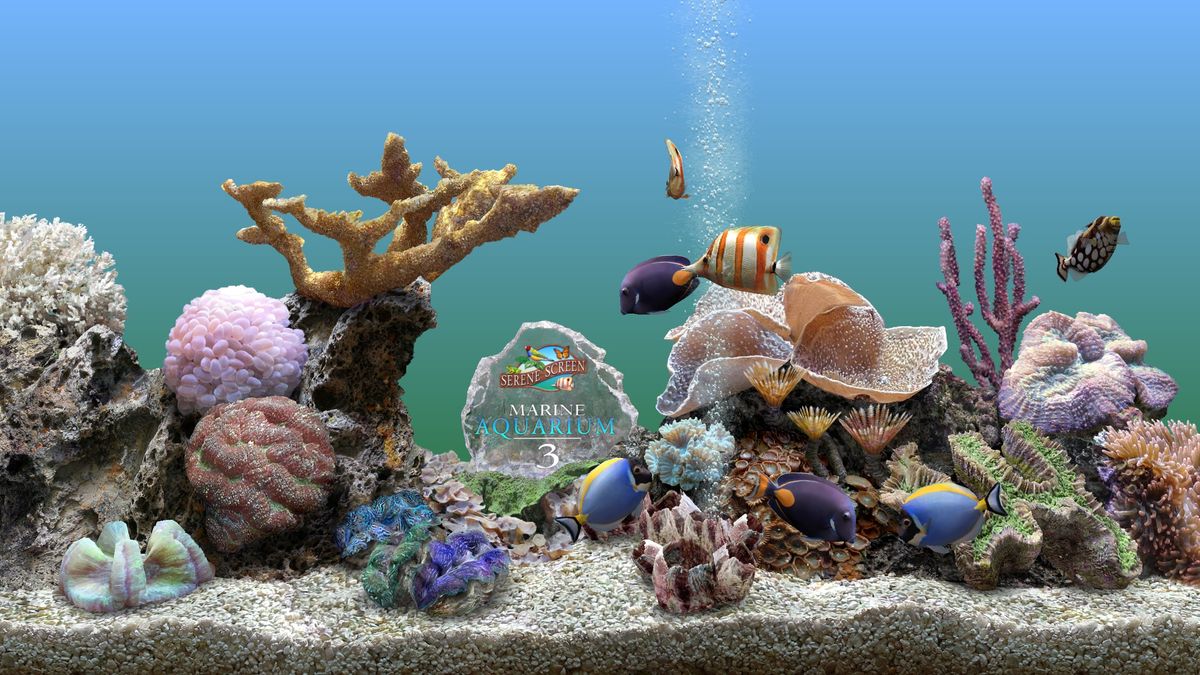
A recent video from retro tech YouTuber Clint “LGR” Basinger dives into an aspect of personal computing you probably haven’t put much thought into—at least I didn’t until now. After being impressed by an aquatic screensaver on a TV at a local bar, LGR researched the history of the SereneScreen Marine Aquarium, a noteworthy entity in the aquatic screensaver space that is still thriving today.
The story revolves around Jim Sachs, a figure whose life story reflects the unique spirit of computing in the ’80s and ’90s. After a six-year career in the US Air Force, Sachs taught himself programming and digital art, creating games for the Commodore 64 and Amiga systems. His pixel art continues to impress and has cemented his status among Commodore fans.
With a background in gaming and digital art, Sachs perceived Microsoft’s simple aquarium-themed screensaver for Windows 95 and 98 as uninspiring. Jim remarked, “Microsoft had an aquarium that they gave away with Windows where it was just bitmaps of fish being dragged across the screen. And I thought, I’ve given them enough time; I’m taking them to market. I’m gonna do something which will just blow that away.”
Using photographs of real aquariums, and with gratitude toward a local pet shop referenced in his early website, Sachs meticulously created the 3D graphics in C++, releasing the first version in July 2000. Even today, this initial iteration of the SereneScreen Marine Aquarium is visually stunning, reminiscent of the Y2K era nostalgia.
The standalone screensaver not only sold well but also led to Microsoft licensing a version for the Windows XP Plus Pack. Over the years, the Marine Aquarium has received continuous updates, appearing in various films and TV shows like Law and Order. Today, users can purchase a real-time, 3D-accelerated version for multiple platforms including Mac, iOS, Android, and Windows. Roku has even licensed this version for their TVs, introducing it to fresh audiences.
While screensavers are not as common now due to LCD screens and energy-saving monitor modes, the romantic notion of their revival through smart TVs and streaming services leaves a comforting impression. The nostalgic visuals from ’90s PC screensavers have gained a prominent place in many millennials’ memories. For instance, the Windows 95 maze has continued to resonate, and many still reminisce about the Windows XP 3D pipes.
This article explores the intersection of nostalgia, technology, and creativity, and celebrates the evolution of digital art through Jim Sachs’s visionary endeavors.
